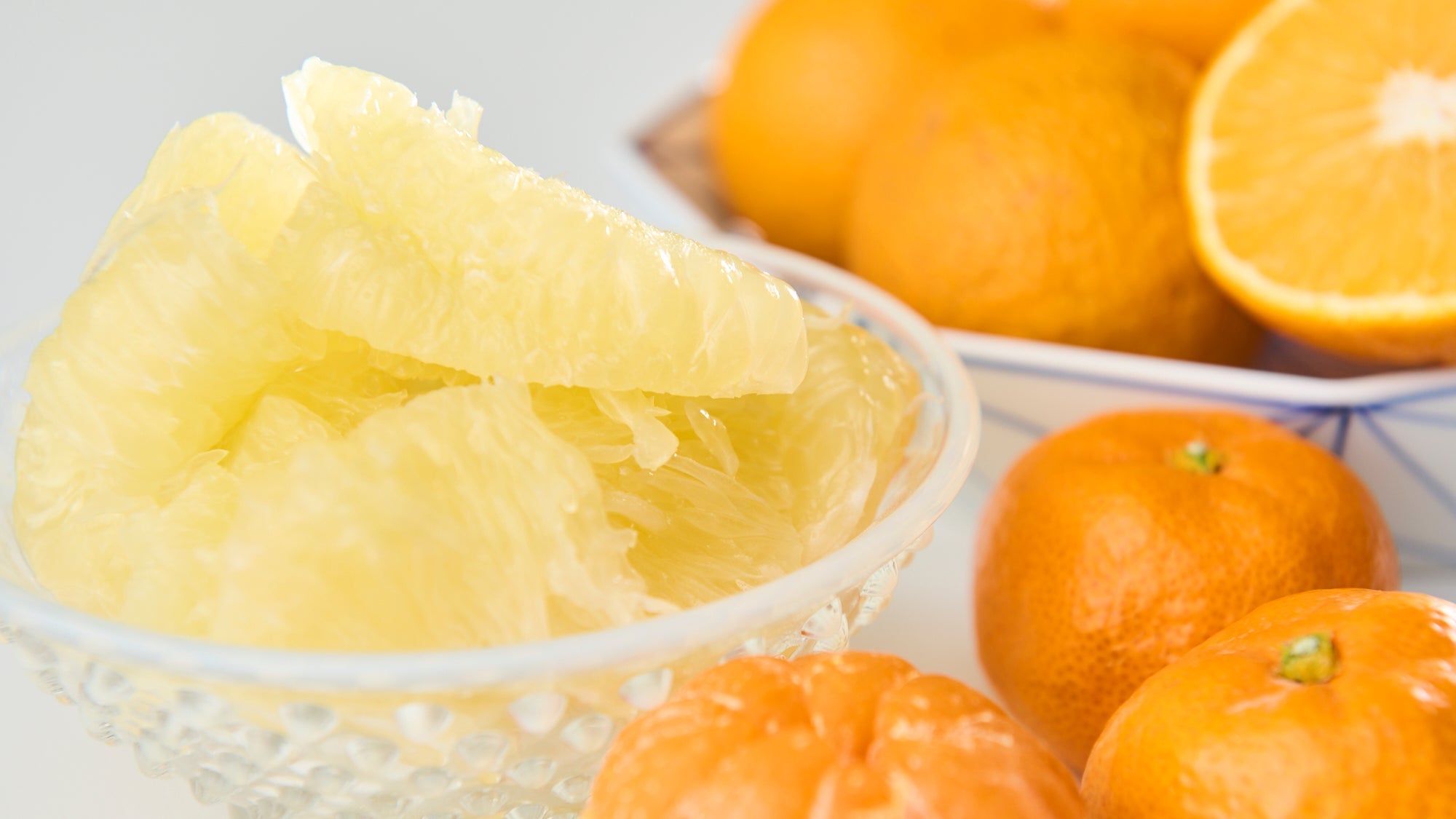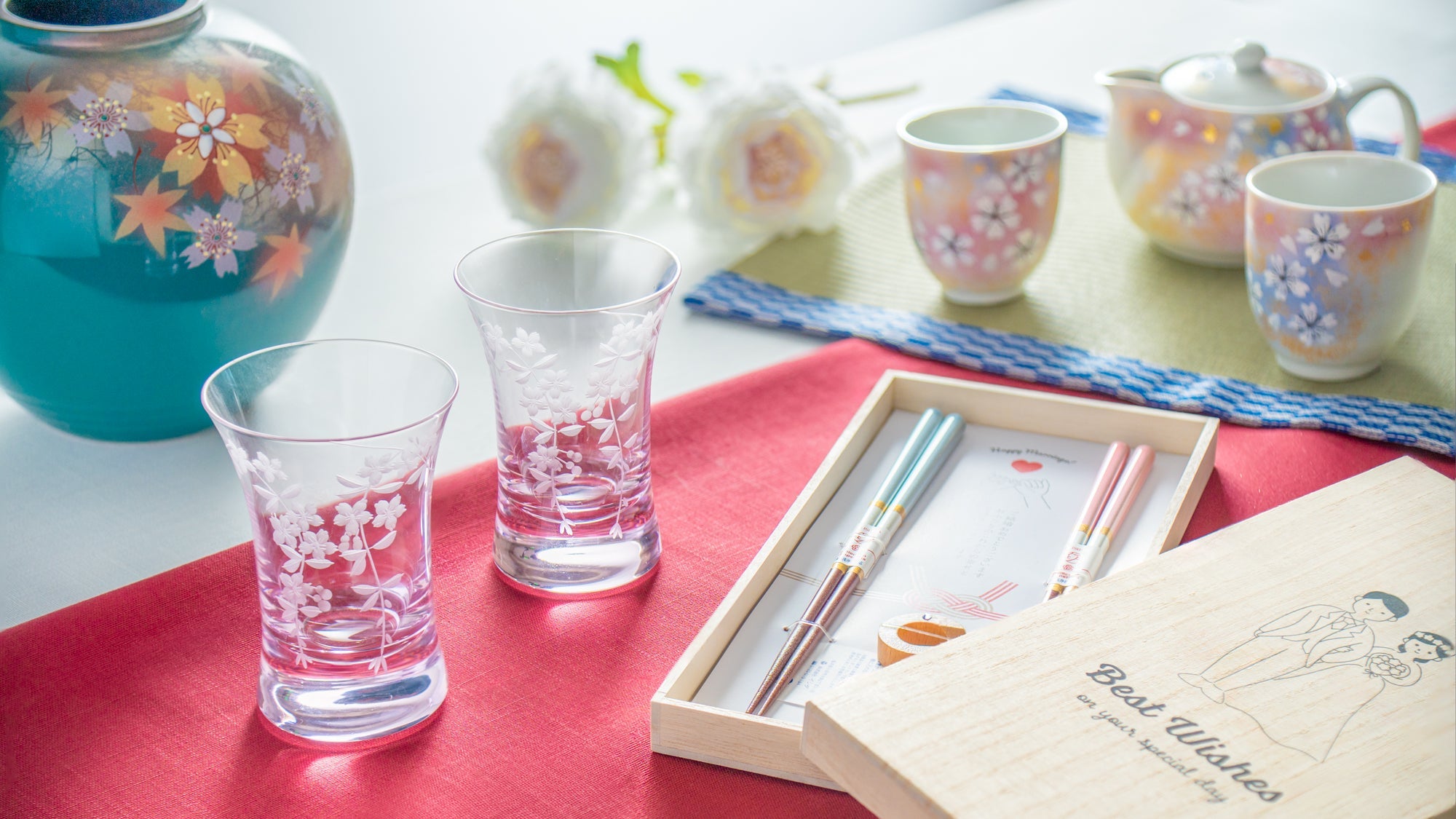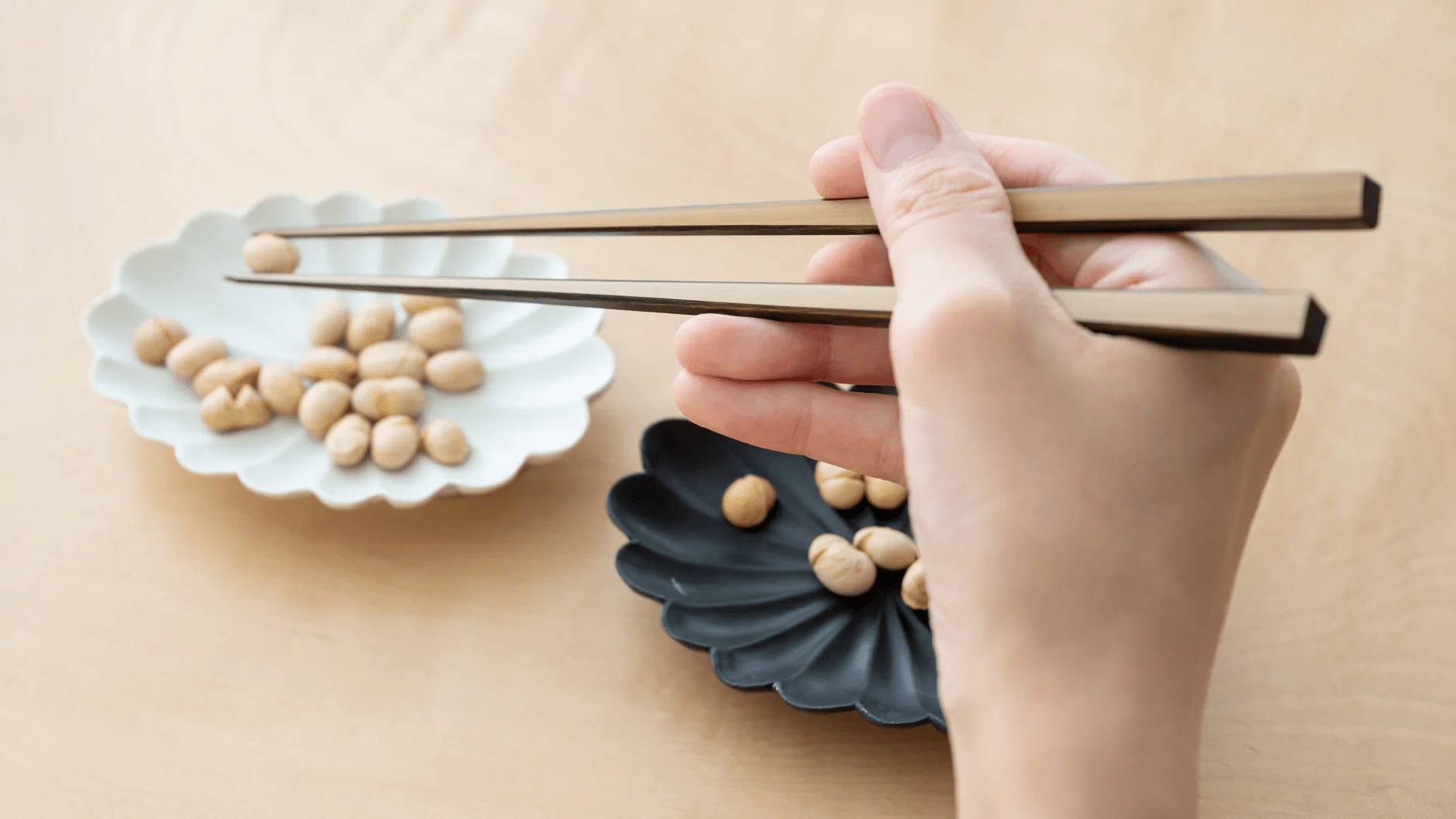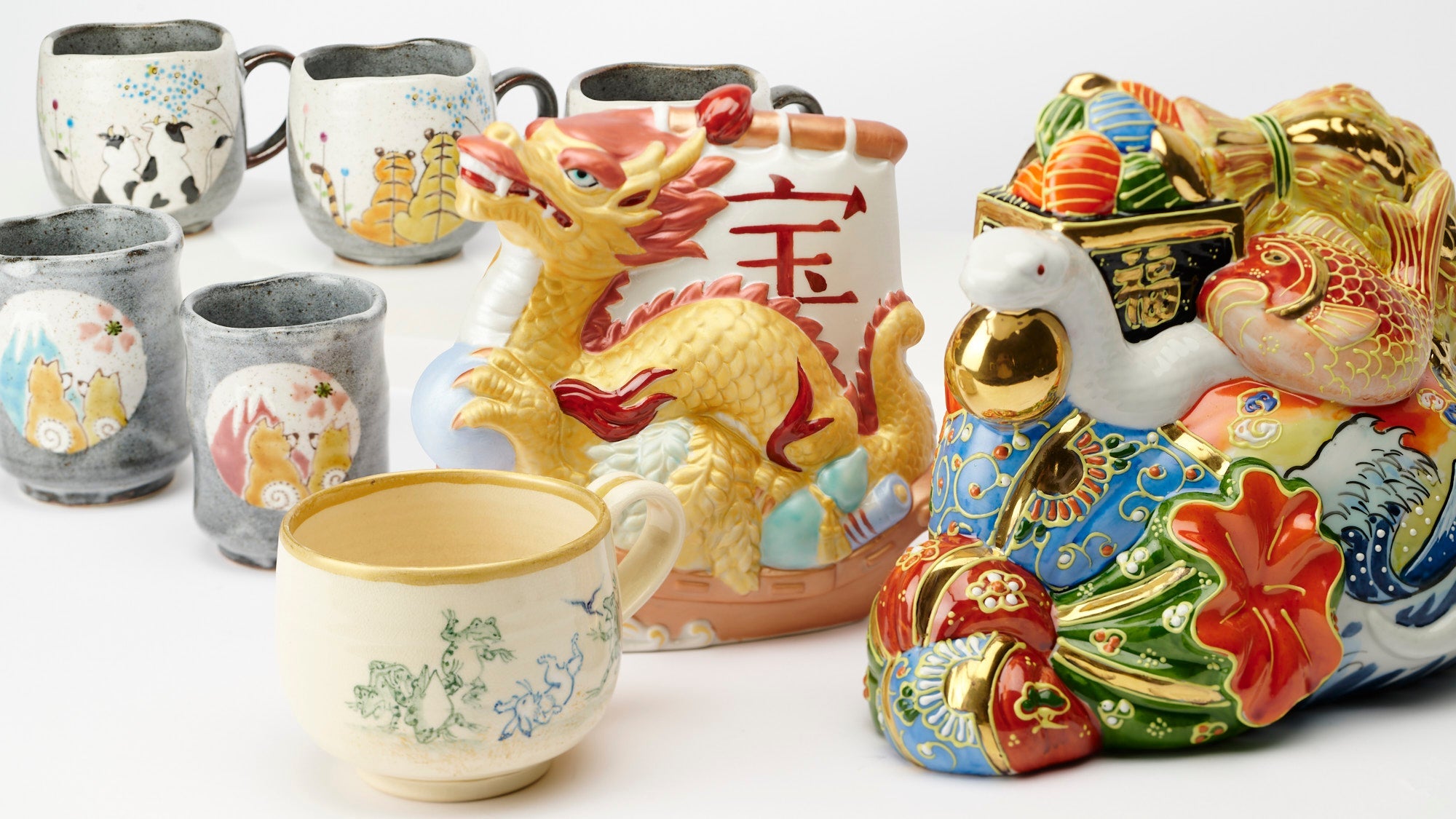
Mikan, Yuzu, and Beyond: Japan's Citrus Splendors
Written by Team MUSUBI
In the colorful world of Japanese citrus, each variety resonates with its own blend of tang, aroma, and allure, transcending their role as mere ingredients. These refreshing gems have become more than symbols of Japan's rich gastronomic artistry; they are deeply ingrained in the culture itself.
Embark on a journey through a slice of Japan's citrus landscape, where we'll explore four captivating members: mikan, banpeiyu, jabara, and yuzu. From their size to flavor, each will delight with its unique characteristics.
Mikan

The word "mikan" actually is a general term for small citrus fruits known for their easily peelable skins, capturing the essence of simplicity and pleasure. Astonishingly, Japan has 103 registered mikan varieties, each offering a distinct burst of flavor and heritage. Year by year, these varieties increase in number, sweetness, and fragrance, showcasing an endless evolution. Some premium varieties fetch a price as high as ¥2500 each.

And an oldie-but-goodie favorite, frozen mikan! Place a mikan in the freezer for a couple of hours, then let it thaw for several minutes, and you'll be treated to a sweet and tangy sherbet-like snack that's irresistibly refreshing.
Banpeiyu

The banpeiyu proudly graces store shelves, often packaged in bags adorned with the iconic Kumamon, beloved mascot of Kumamoto Prefecture. Renowned for its elegant fragrance and substantial segments, this citrus boasts a crispy texture and lower juice content. Its enduring shelf life and sun-kissed appearance make it a sought-after decorative item, particularly cherished in Yatsushiro as a harbinger of New Year's prosperity.

Ending our banpeiyu journey is some citrus trivia.
In mid-January 2023, Maeda Kazuki from Toyomachi clinched the gold prize in the Jumbo Banpeiyu Category at a local competition. He shattered his own Guinness World Record from 2021 for the heaviest pomelo worldwide with a banpeiyu weighing an astonishing 5,550 g (12.4 lbs).
Jabara

Jabara's journey is quite the tale. With just one jabara tree left, a forward-thinking villager saw its potential as the village's claim to fame and kicked off its cultivation. As it turns out, jabara was found to be a natural hybrid of yuzu, Kishu mikan, and another citrus, which dated back to the Edo period (1603 CE - 1868 CE). Truly, a rare tang found nowhere else.

Yuzu

This tart jewel is rarely eaten as a fruit, but is treasured for its zest and juice. Even a small slice of its peel can elevate the flavors of a delicate dashi soup, while its grated zest can add a fresh lightness to stewed vegetables in the summer.
Yuzu's fragrant essence shines in ponzu, where it melds with soy sauce in a perfect harmony of flavors. Equally beloved is yuzu kosho, a zesty condiment that adds a tasty kick to pork shabu-shabu. These two yuzu staples enhance the warmth and depth of donabe dishes, making them cherished in Japanese cuisine.

Yuzu's influence extends far beyond the confines of traditional Japanese cuisine, captivating international chefs with its wonderful aroma and taste. In 2011, a village in Kochi Prefecture, the yuzu capital of Japan, turned its gaze to France, hosting a yuzu tasting event that charmed French chefs. The following year, one third of the village's yuzu harvest was exported to over 20 countries. Now, yuzu has become widely popular in global kitchens and is incorporated in an array of dishes, from avant-garde sauces to innovative desserts.
Yuzu also plays a significant role in wellness traditions, notably in the winter solstice yuzu baths. Delve deeper into this centuries-old tradition by reading our blog post Celebrating Toji: The Winter Solstice in Japanese Culture.
Peeling back the layers of each citrus marvel, we're reminded of the vibrancy and zest these fruits bring, from the cozy warmth of mikan to the refreshing zing of yuzu. But don't let the citrus sun set just yet; there's always another flavor adventure waiting just around the corner. Our next exploration promises to be just as tantalizing, inviting you to continue a voyage through the diverse flavors of Japan.







Leave a comment
This site is protected by hCaptcha and the hCaptcha Privacy Policy and Terms of Service apply.